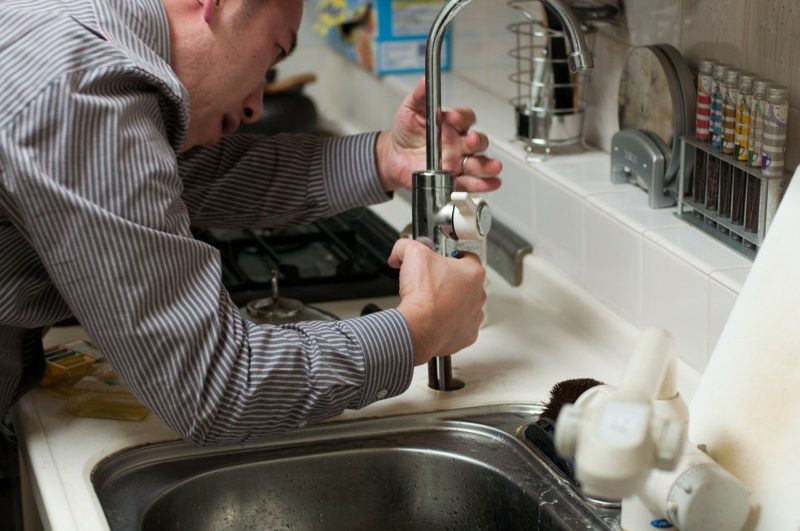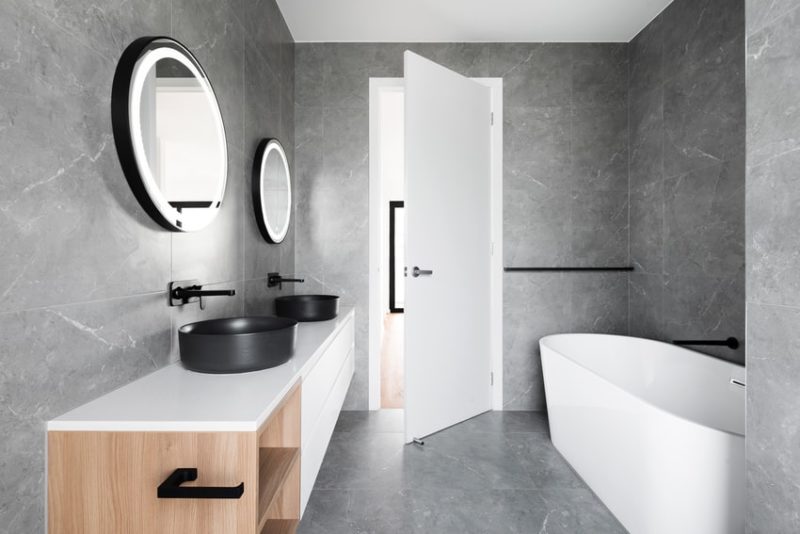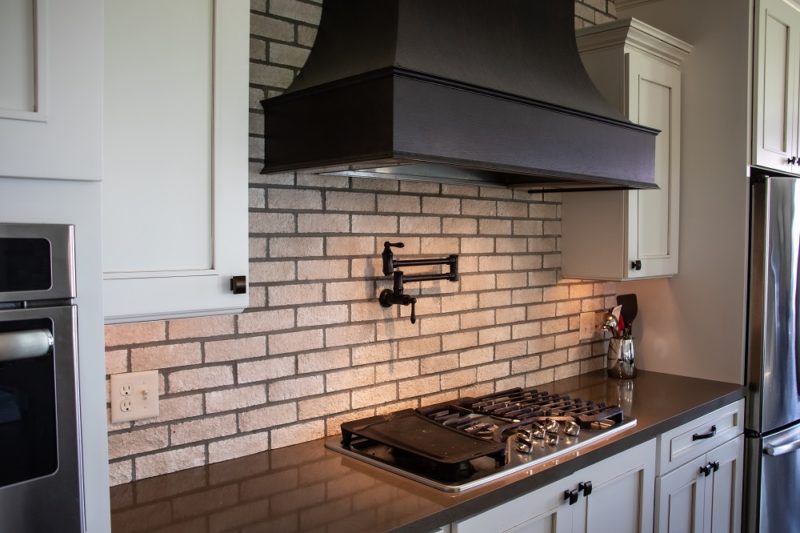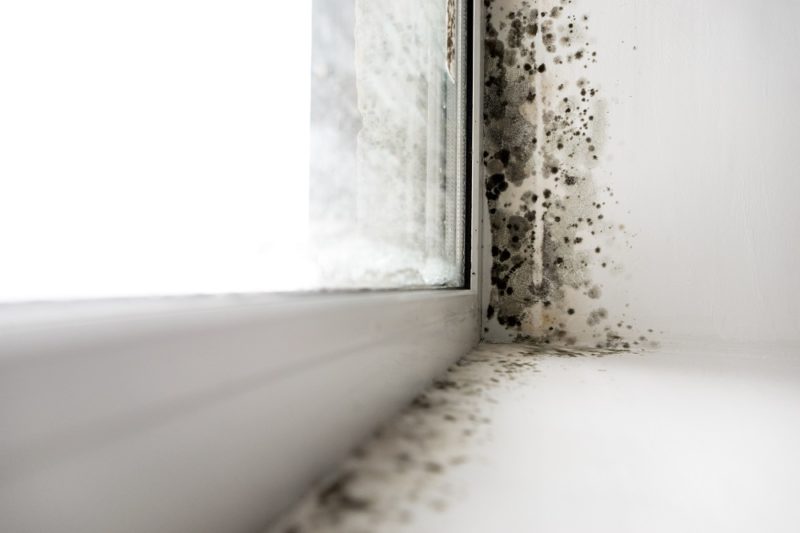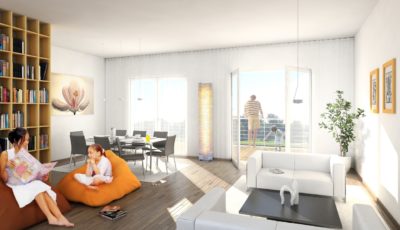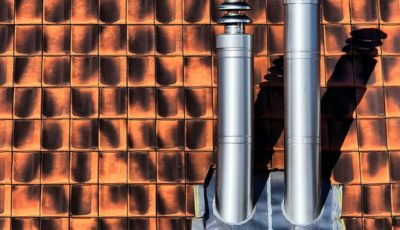8 Ways To Reduce Condensation In Your Home
In almost every home, condensation can be present. A certain amount can be normal, but it may affect your home’s comfort and health when it reaches high levels.
Various daily activities around the house contribute to moisture, such as cooking, laundering clothes, washing dishes, and taking showers, to name a few. Condensation forms once warm air comes into contact with cold surfaces or when your home is overly humid.
Although condensation isn’t a problem, overlooking it can cause moist patches, allowing mold growth. Excessive moisture may enable mold and mildew to form, triggering allergies or respiratory problems. In most cases, it’s due to flooding, water leaks, and high humidity. So, to prevent such risks from happening, here are several helpful ways to minimize or eliminate condensation within your home.
1. Leave The Windows Open
Keeping your home well-ventilated is as simple as opening the windows daily. You need to double-check the drip vents to see if they’re open since they allow additional airflow for dealing with condensation.
Even a few minutes of opening the windows can help reduce humidity levels and prevent condensation.

2. Invest In A Dehumidifier
A dehumidifier can help prevent condensation in your home by regulating humidity levels. Having one can make the air inside your home more comfortable, and mold and mildew are less likely to form. The device works by drawing in excess moisture present in the atmosphere to prevent condensation in the first place.
Humidity Fixers explains that a dehumidifier can bring about several benefits in your home, such as creating the ideal environment, regulating moisture, and lessening allergies, to name a few. Having one can be a good investment.
3. Dry Your Clothes Outside
Consider drying clothes outdoors to prevent excess moisture from building up inside your home. If you can’t dry your clothes outside, hang them in the bathroom with the door shut and the windows open until they’re dry.
4. Install An Extractor Fan
Proper ventilation is crucial in allowing the moisture within your home to escape before it turns into condensation. Consider installing an energy-efficient extractor fan in the kitchen and bathroom. Having one can improve humidity levels and reduce or eliminate condensation.
Installing a whole-house ventilation system, which ensures a condensation-free environment and can significantly reduce moisture levels throughout your home, is an alternative if you have the financial means.
5. Fix Any Leaks Or Seepage
The seepage of water from the outside and interior leaks require immediate attention.
If water from the outside seeps into your home, you can consider various solutions such as landscape modifications or waterproofing. A good start is ensuring the ground surrounding your home slopes away.
The buildup of water in the basement usually stems from water flowing toward your home or the lack of gutters.
Additionally, water leaks from pipes or around sinks and tubs also add moisture to your home while allowing mold and mildew to form in no time. So, fix them or call a professional to eliminate any water damage that can cause condensation in your home.
6. Close The Bathroom And Kitchen Doors
The main culprits for condensation in your home are bathrooms and kitchens. While cooking food, boiling water, or taking a shower, close the kitchen or bathroom door to prevent moisture from moving into the colder rooms. Remember that condensation forms if it comes into contact with any cool surfaces.
7. Use Lids Or Covers When Cooking
Cooking can contribute to the moisture inside your home. To reduce condensation, cover pans with lids while cooking. It would be best to have a functional extractor hood above your cooker that minimizes moisture while cooking.
Another option is to buy an extractor fan with humidity sensors that can speed up the fan when there’s an increase in humidity and then slow down when the level returns to normal.
Remember not to turn off the extractor fan right after cooking because the moisture may still be present in the air. Leave it on for 10-15 minutes to clear out the humid air.
8. Examine The Windows To See If They’re Energy-efficient
Single-glazed windows are highly susceptible to condensation, especially during the winter, since the glass cannot warm up. If you want an energy-efficient option, consider switching to double-glazed windows.
Double glazing reduces condensation because the glass won’t be as cold as single glazing, allowing better thermal insulation between the inside and outside.
A gas occupies the space between the glass panes, reducing heat transfer. Double-glazed windows can help you live in a more comfortable, warmer, and healthier home by reducing condensation.
Final Thoughts
Humidity and condensation can be present in any home, but it’s crucial to make an effort to prevent them from rising excessively. You’ll be able to enjoy a healthy and comfortable indoor environment all year long with these helpful pointers for eliminating condensation formation inside your home.


